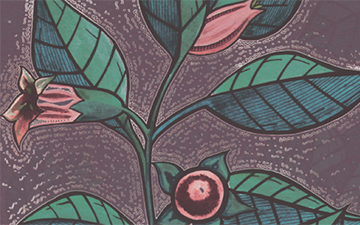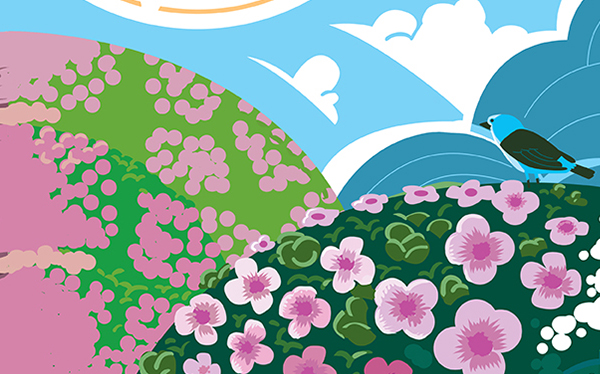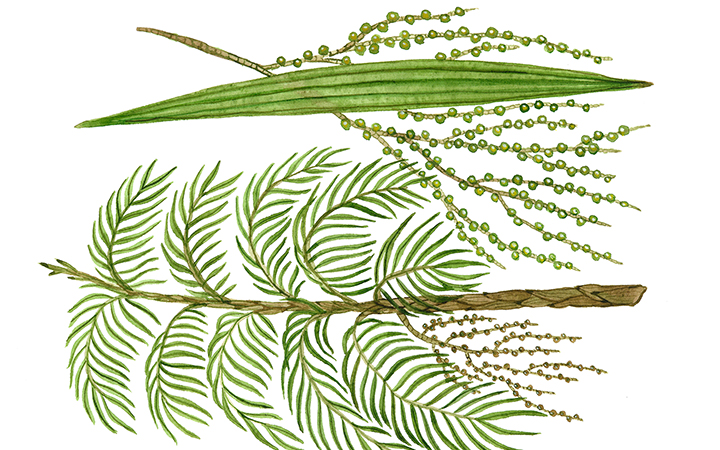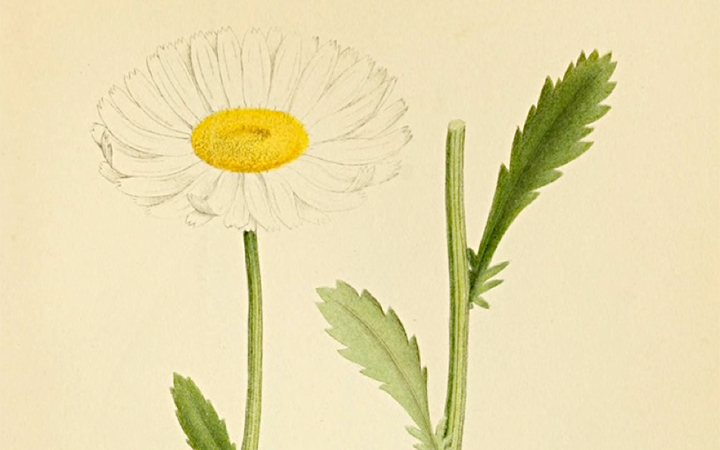Angiosperms

Deadly Nightshade
Atropa belladonna



2 POINTS
FACT: The drug ATROPINE is isolated from A. belladonna.

Cape Sundew
Drosera capensis



1 POINTS
Play: The Cape Sundew is carnivorous, but can also use photosynthesis. Therefore it can be played as a YELLOW FOOD 1 and/or RED FOOD CHAIN 3.
Fact: The Cape sundew has long, thin leaves that roll up around trapped insects.

Scalesia pedunculata
Scalesia pedunculata



3 POINTS
Fact: Darwin first collected specimens of this species from Santiago Island in October 1835 on the voyage of the Beagle, and it was later named by his friend Joseph Dalton Hooker.

Satureja darwinii
Clinopodium darwinii


2 POINTS
Fact: Darwin writes: “Very sweet smelling, plant; with a rather biting aromatic taste; used for making tea by the seamen.”

Geonoma schottiana
Arecaceae geonoma schottiana


2 POINTS
FACT: Specimens of this plant were collected by Darwin at Bahia (Salvador) in March 1832.

Oxeye Daisy
Leucanthemum vulgare


3 POINTS
Fact: The Oxeye Daisy is considered an invasive species in many parts of the world. It is difficult to control or eradicate, since a new plant can regenerate from rhizome fragments.